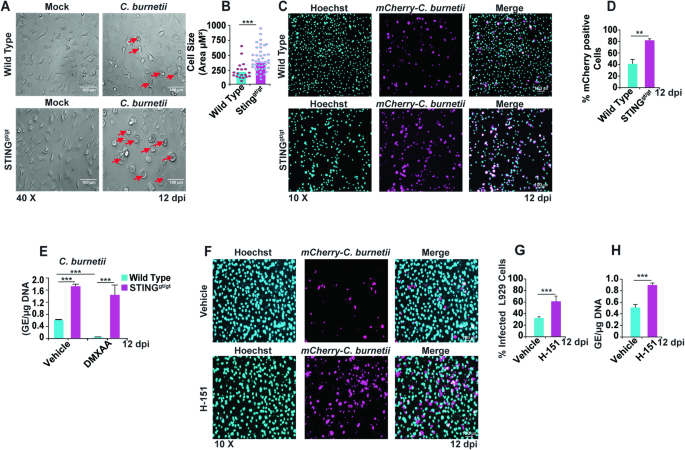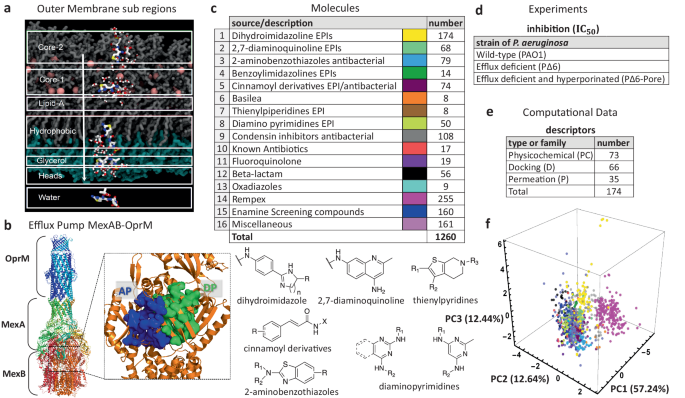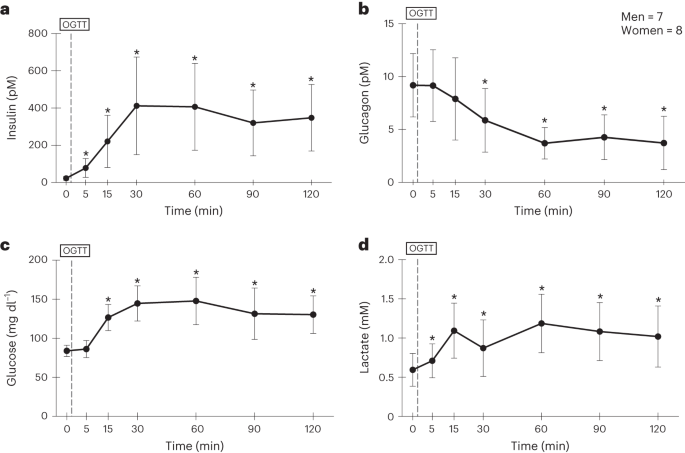2024-05-14 ワシントン州立大学(WSU)
<関連情報>
- https://news.wsu.edu/news/2024/05/14/research-could-lead-to-more-effective-q-fever-therapeutics/
- https://www.nature.com/articles/s41419-024-06573-1
STING依存的なBAX-IRF3シグナルがCoxiella burnetii感染後期のアポトーシスをもたらす STING dependent BAX-IRF3 signaling results in apoptosis during late-stage Coxiella burnetii infection
Manish Chauhan,Chelsea A. Osbron,Heather S. Koehler & Alan G. Goodman
Cell Death & Disease Published:08 March 2024
DOI:https://doi.org/10.1038/s41419-024-06573-1

Abstract
STING (STimulator of Interferon Genes) is a cytosolic sensor for cyclic dinucleotides (CDNs) and initiates an innate immune response upon binding to CDNs. Coxiella burnetii is a Gram-negative obligate intracellular bacterium and the causative agent of the zoonotic disease Q fever. The ability of C. burnetii to inhibit host cell death is a critical factor in disease development. Previous studies have shown that C. burnetii inhibits host cell apoptosis at early stages of infection. However, during the late-stages of infection, there is host cell lysis resulting in the release of bacteria to infect bystander cells. Thus, we investigated the role of STING during late-stages of C. burnetii infection and examined STING’s impact on host cell death. We show that the loss of STING results in higher bacterial loads and abrogates IFNβ and IL6 induction at 12 days post-infection. The absence of STING during C. burnetii infection significantly reduces apoptosis through decreased caspase-8 and -3 activation. During infection, STING activates IRF3 which interacts with BAX. BAX then translocates to the mitochondria, which is followed by mitochondrial membrane depolarization. This results in increased cytosolic mtDNA in a STING-dependent manner. The presence of increased cytosolic mtDNA results in greater cytosolic 2′-3′ cGAMP, creating a positive feedback loop and leading to further increases in STING activation and its downstream signaling. Taken together, we show that STING signaling is critical for BAX-IRF3-mediated mitochondria-induced apoptosis during late-stage C. burnetii infection.


